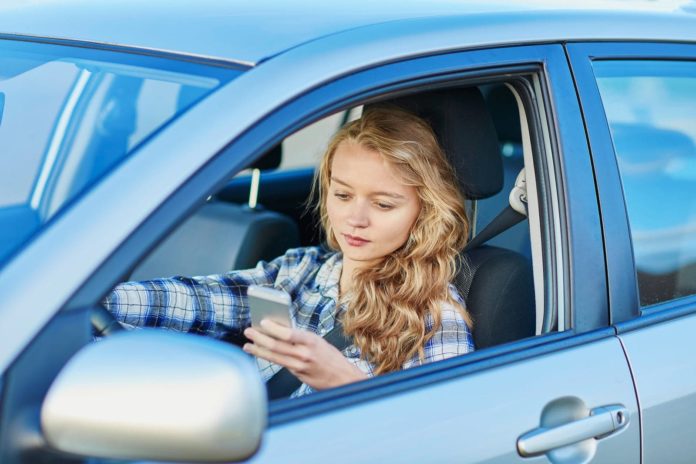In 2023, if you need to be told that distracted driving is dangerous driving, you’ve probably been living in a cave somewhere for the past 20 years. Yet driving with our minds elsewhere remains a consistent, and sometimes fatal, problem on American roads.
In 2020, the National Highway Traffic Safety Administration (NHTSA) estimates that 3,142 people were killed due to distracted driving. That’s almost 10% of the 38,824 total traffic fatalities for the year.
In particular, younger people too often have their attention on their phones when driving. According to NHTSA research from 2017, drivers 16 to 24 years old use handheld electronic devices while driving at higher rates than older drivers, and that has remained true since 2007. But don’t go feeling smug Grampa, drivers of all ages are almost as bad about “just taking a glance” at their devices.
It’s more than checking your text messages. Driving distractions can come from the infotainment system, managing children or pets in the car, holding a conversation using legal hands-free phone services, or grabbing your lunch on the go, to name just a few things.
“Using a mobile device while driving is the ultimate form of distraction, but distraction comes in many forms,” said Mark Chung, executive vice president of roadway practice at the National Safety Council (NSC).
“You need to just drive when you’re behind the wheel; it doesn’t matter if you’re talking on speaker phone, mentally preoccupied, or eating breakfast on your way to work, it’s distracting and puts you and others in danger while you’re driving. It’s unnecessary and not worth the risk.”
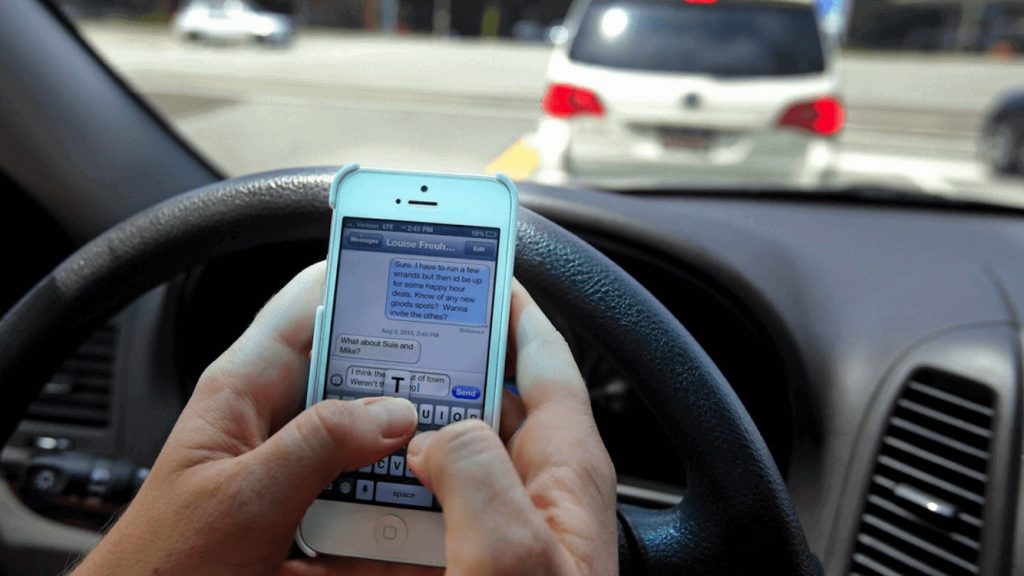
To help everyone remember to keep eyes and attention on the road, TheDetroitBureau.com looked for the best practices from a variety of sources including AAA, insurance companies, the NSC, the U.S. Department of Transportation, and of course, NHTSA.
Best practices
Need to send or read a text? Pull over and park your car in a safe location. Only then is it safe to send or read a text. Better yet, employ your passenger as your “designated texter.” Allow them access to your phone to respond to calls or messages, but pull over before you input your unlock code. Also, if you’re using a navigation system, input your destination and start navigating before you pull out and drive.
According to AAA, just 5 seconds of reading an e-mail or text message is like driving the entire length of a football field blindfolded — and the effects don’t dissipate as soon as you look up. The auto club estimates that drivers can experience what’s known as the “Hangover Effect” — a lasting mental distraction that can last up to 27 seconds after a driver uses their mobile device — even while stopped at a red light, stop sign, or while their vehicle is parked.
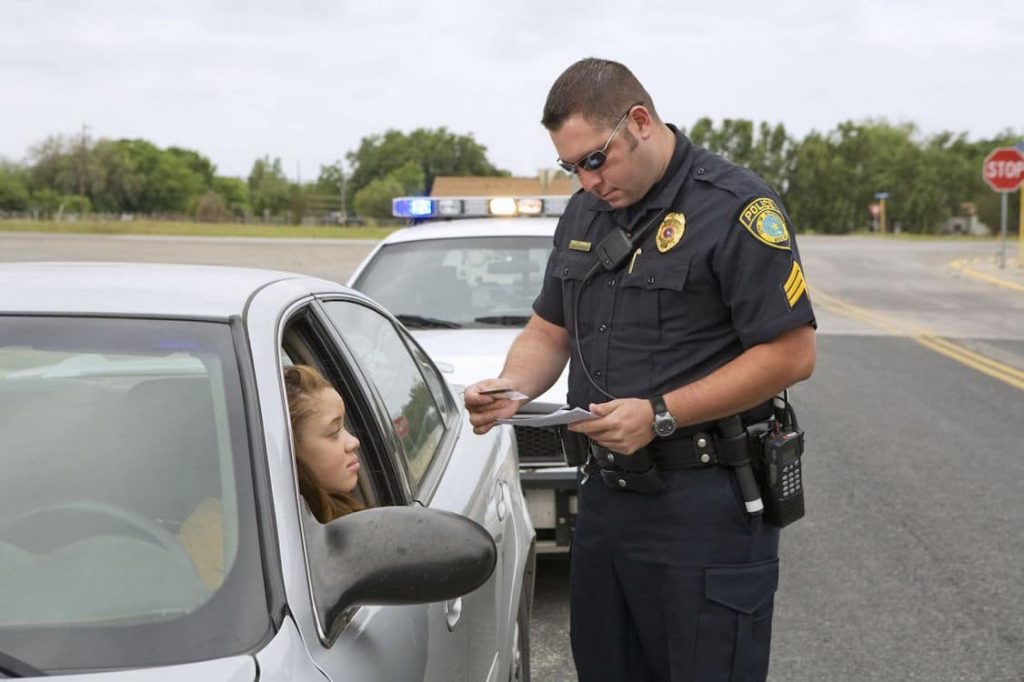
If it’s hard for you to keep your hands off the device when you’re alone, go ahead and put your cell phone in the trunk, glove box or back seat of the vehicle until you arrive at your destination.
Increased enforcement
During the week of April 4, law enforcement across the nation will step up enforcement as part of a campaign called, “U Drive. U Text. U Pay.” Tickets and fines for texting behind the wheel will be handed out. Also, on April 7 state highway safety offices and law enforcement agencies across the country will take part in Connect to Disconnect, a four-hour national distracted driving enforcement and awareness initiative.
The goal of these actions is to demonstrate a nationwide commitment to enforcing texting laws in a fair and equitable way, and to reduce traffic crashes caused by distracted drivers, ultimately preventing injuries and deaths associated with cell phone use and texting while driving.
The top 10 causes of distracted driving
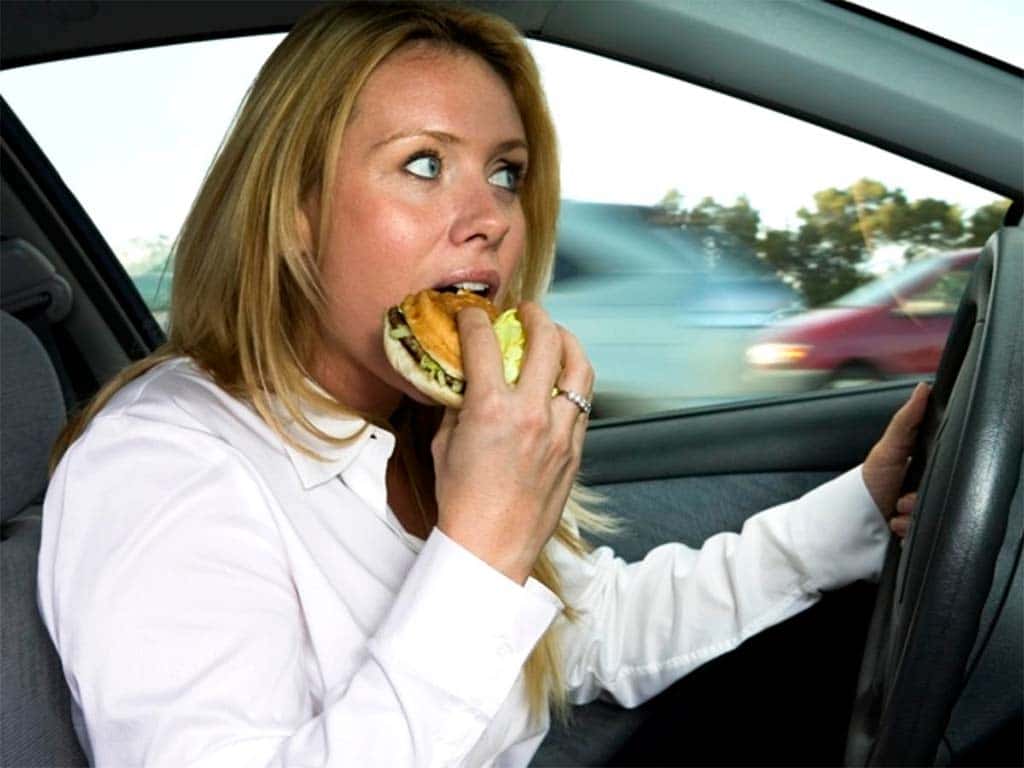
According to Zurich American Insurance Co., the top ten causes of distracted driving are:
1. Talking on the phone — this is the biggie. Most people do it, but we should do it less, even when using hands-free technology.
2. Texting and other phone manipulation — At 55 mph, a car travels 80 feet every second, and reading a text takes an average of almost 5 seconds, or 400 feet, which is longer than a football field.
3. Talking with another passenger — don’t let conversation distract you from your primary job of driving. Especially at night or in bad weather when road conditions are treacherous, conversation can diminish the driver’s focus.
4. Moving objects/animals in the vehicle — anything that’s rolling, sliding or running around in the vehicle can pose a problem. If a pet is distracting you, pull over and take measures to calm the animal, including using a cage or restraints if necessary. Remember, in a crash, your pet needs to be buckled in for their safety as well as yours.
5. Adjusting audio and/or climate controls — especially in a modern car with complicated controls and menus, even changing the radio station can take your focus away from the road. Set your tunes and temperature before you drive.
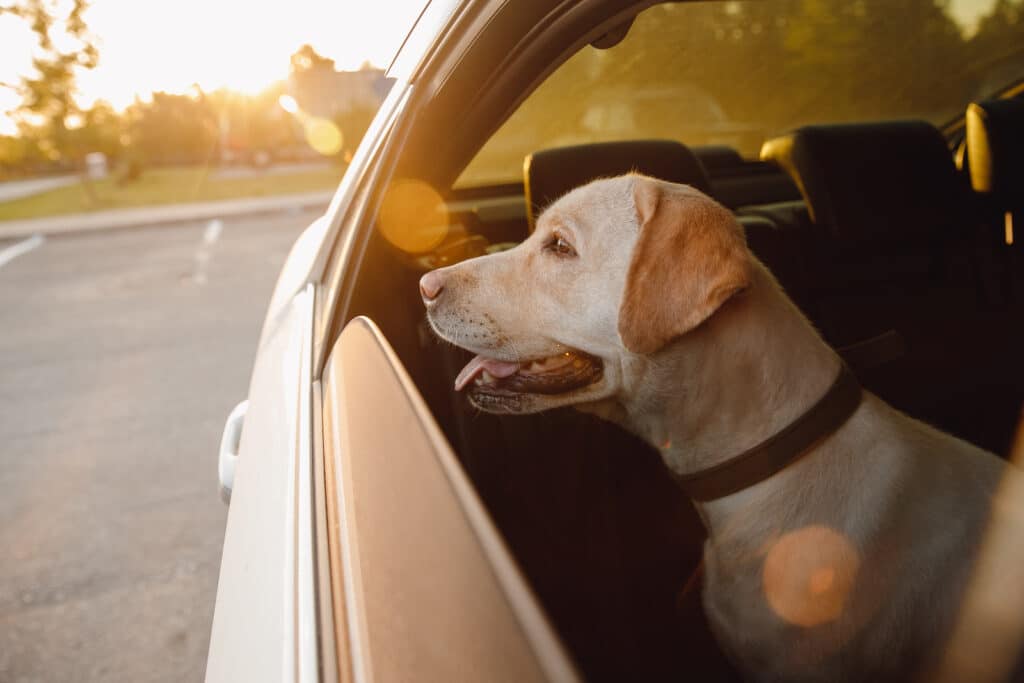
6. Manipulating car components and controls — Be sure to adjust your car’s rearview and exterior mirrors, and your seat, before you take off. When it’s not possible, make sure you’re familiar enough with the vehicle’s controls to make adjustments while keeping your eyes on the road.
7. Reaching for an object or device — this is one of the worst things. If you’re rummaging around changing that CD or grabbing a package of breath mints, your mind is not on the road. Also, whenever you reach for something, one hand is off the wheel and chances are your eyes aren’t on the road. Whatever you are reaching for can usually wait until the car is not moving.
8. “Rubbernecking” and other outside distractions — It’s hard not to look when you pass an accident site, glimpse an animal on the side of the road or see anything unexpected along your route, but the person in front of you may be looking too, and braking hard. Looking may be unavoidable, but taking your eyes off the road, even if you slow down, increases the risk of an accident.
9. Eating or drinking — Eating and drinking necessitates one-handed driving, and dropping food or spilling a beverage can create a serious distraction. If you must have a beverage, use a spill-free container and don’t hold it continuously. When it’s time to eat, pull off the road — you probably don’t want mustard decorating your shirt or blouse anyway.
10. Smoking — Putting aside smoking’s other well-known health risks, smoking while driving also means one hand is frequently off the wheel. Falling cigarette ash or cinders create additional hazards. If you can’t kick the habit, at least knock it off on the road.
For more information on distracted driving, please visit nsc.org/justdrive.

